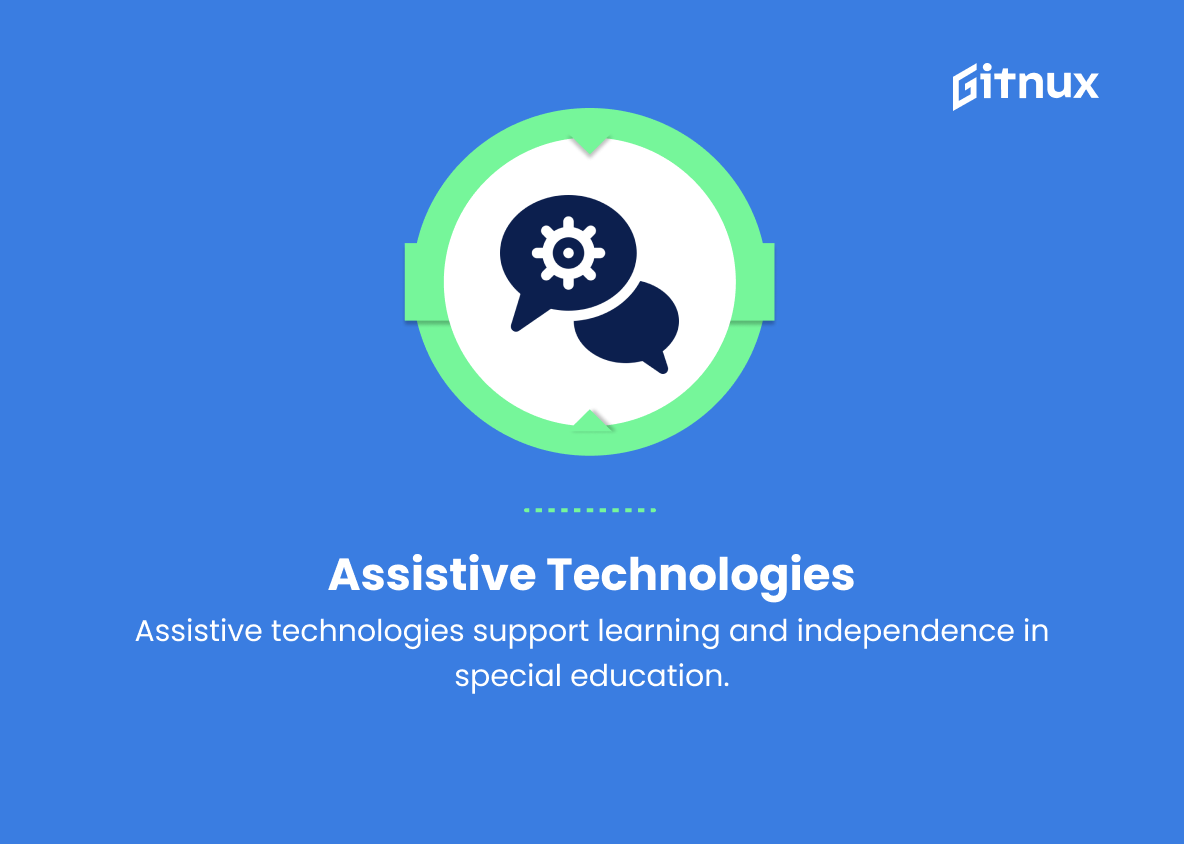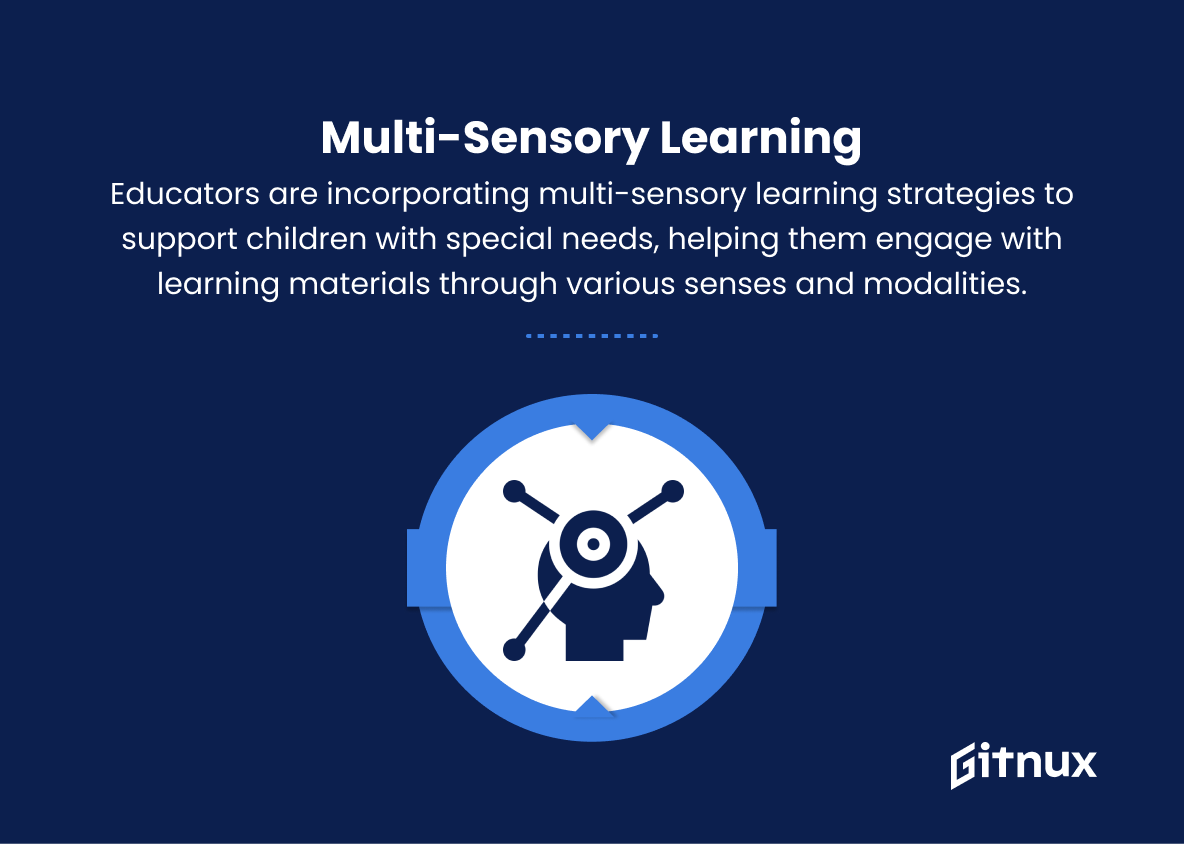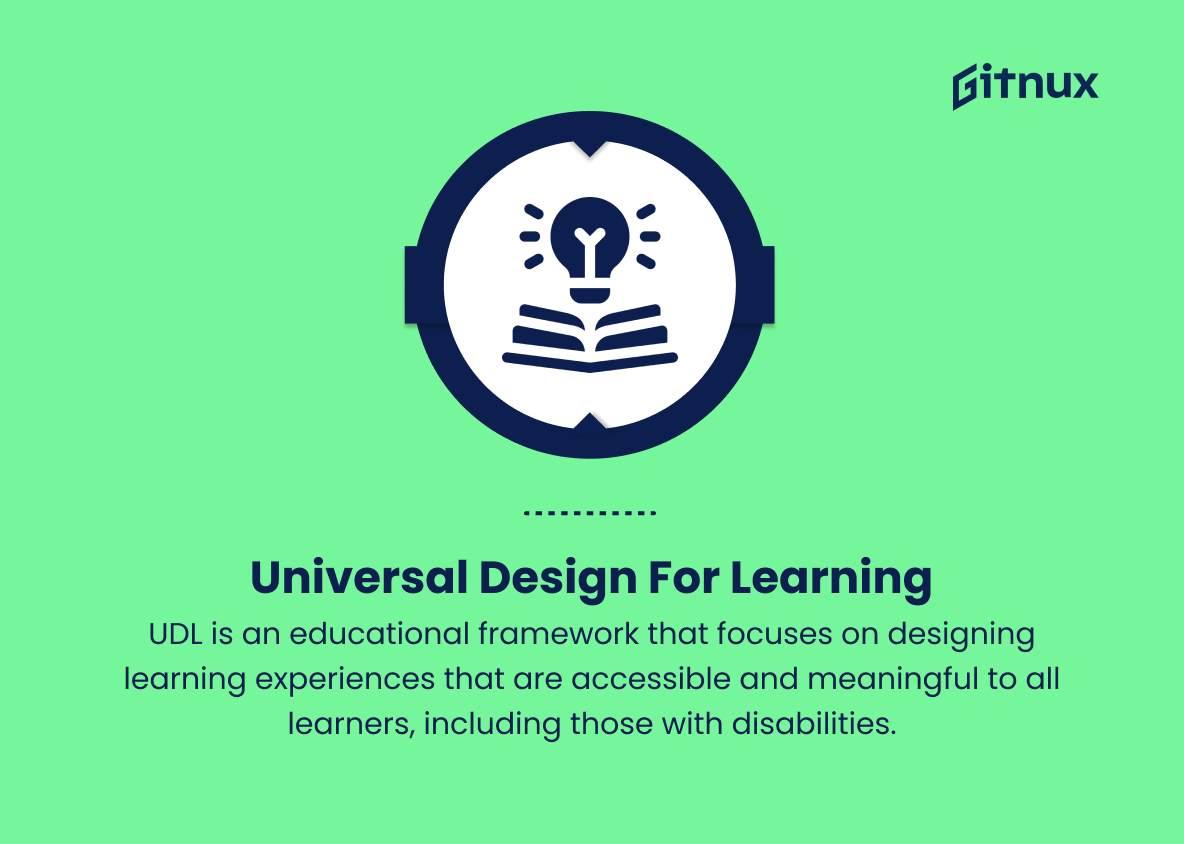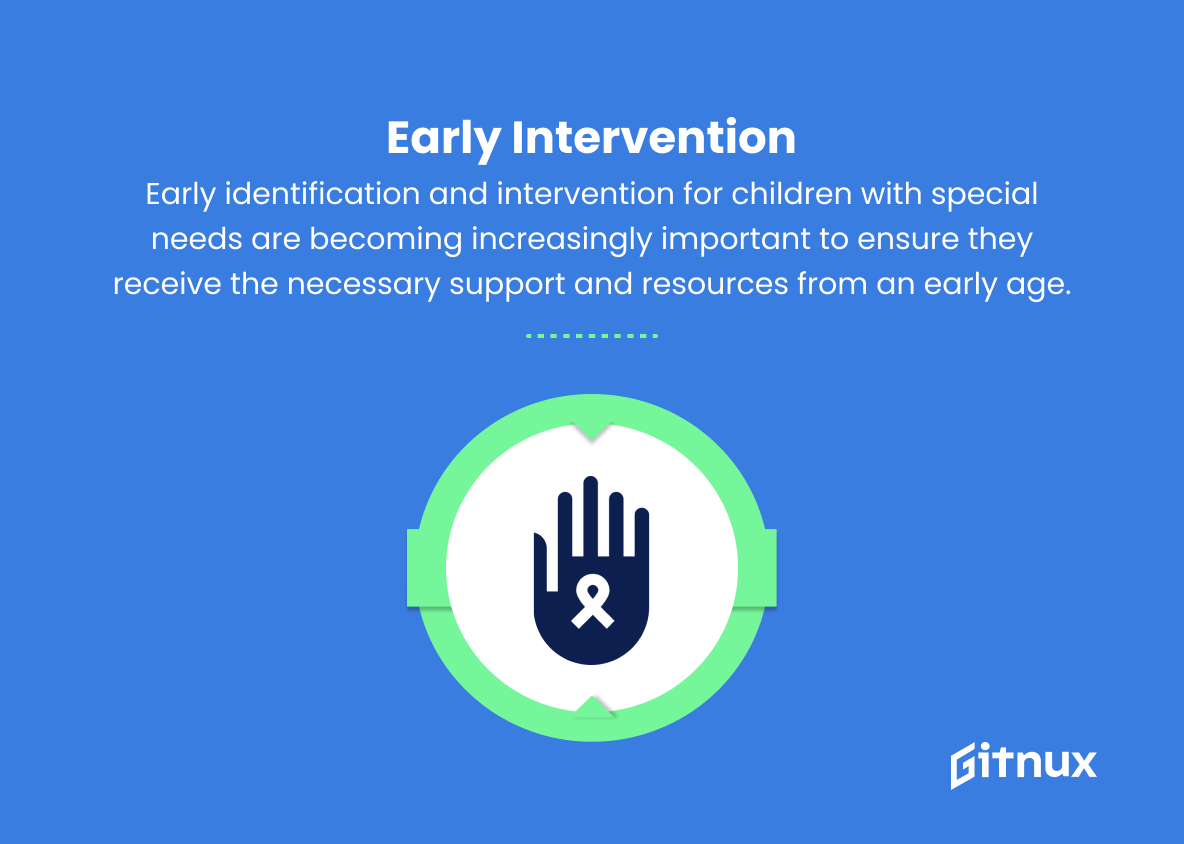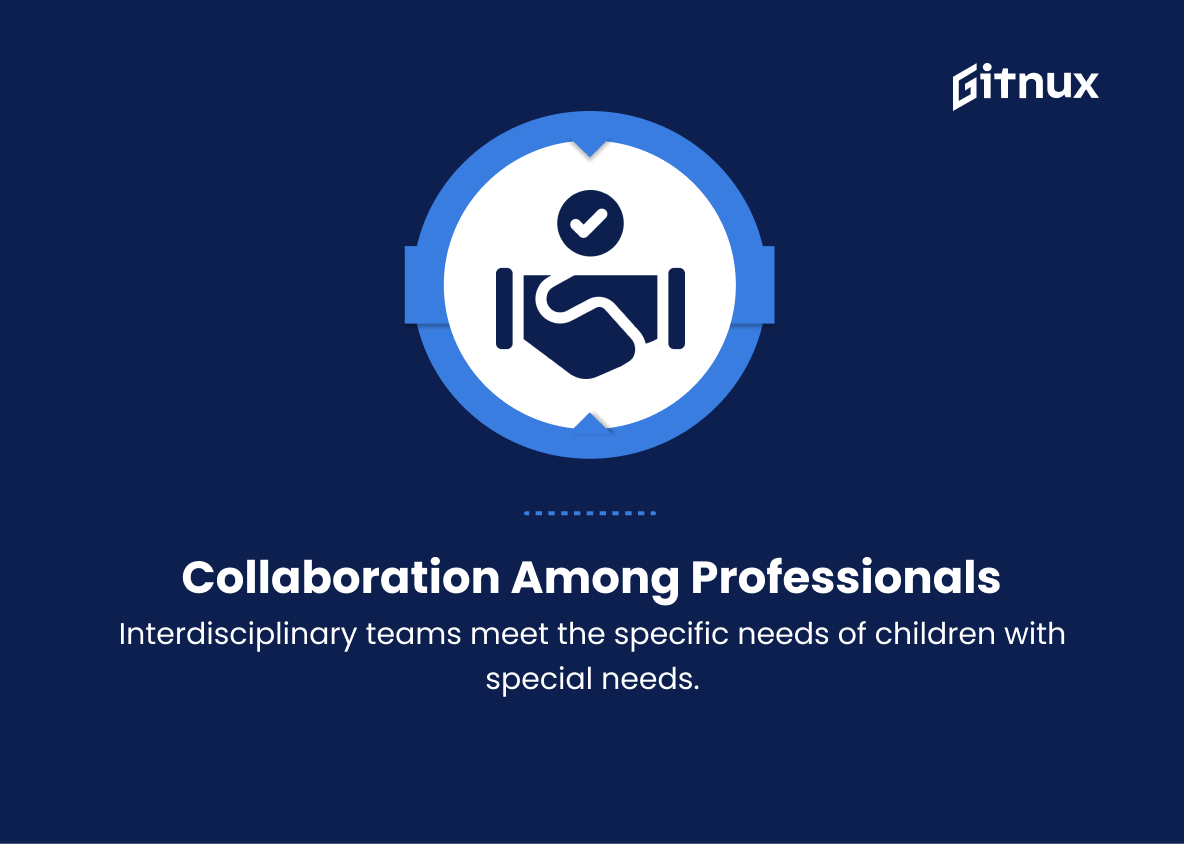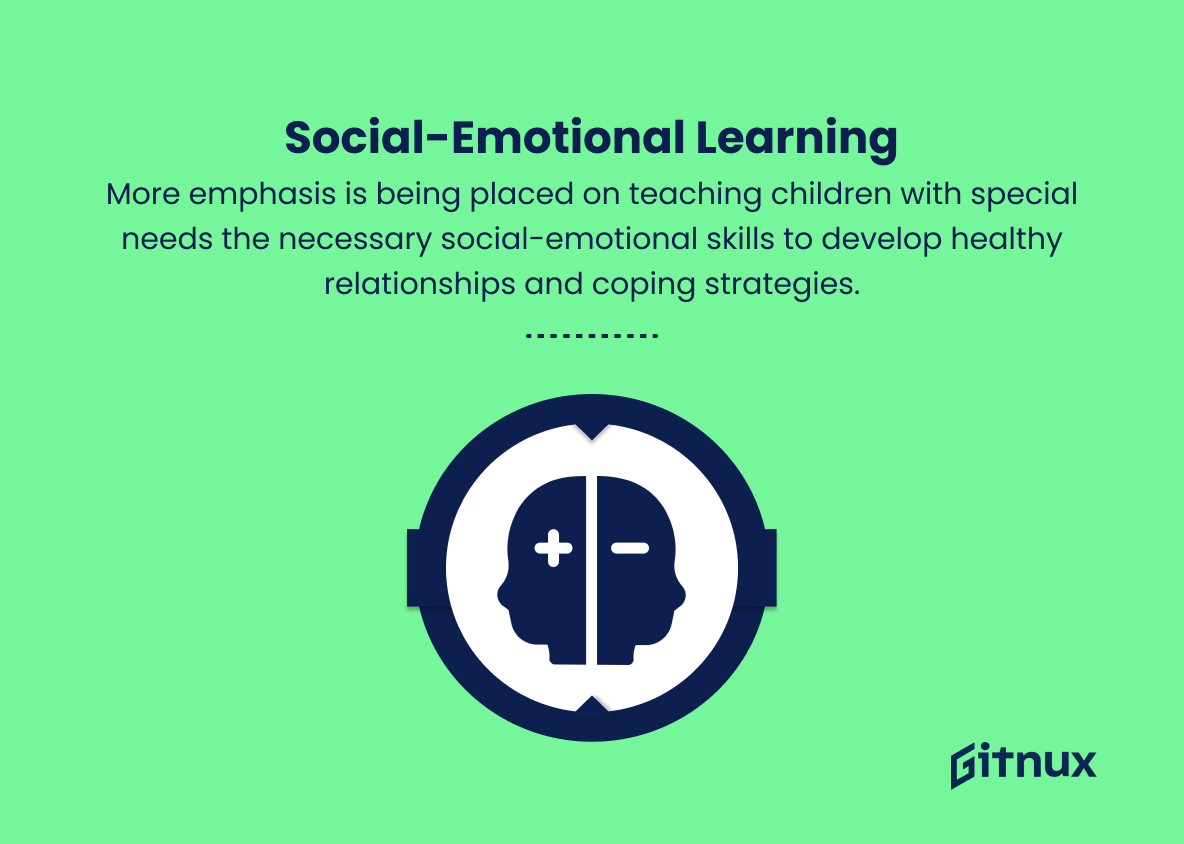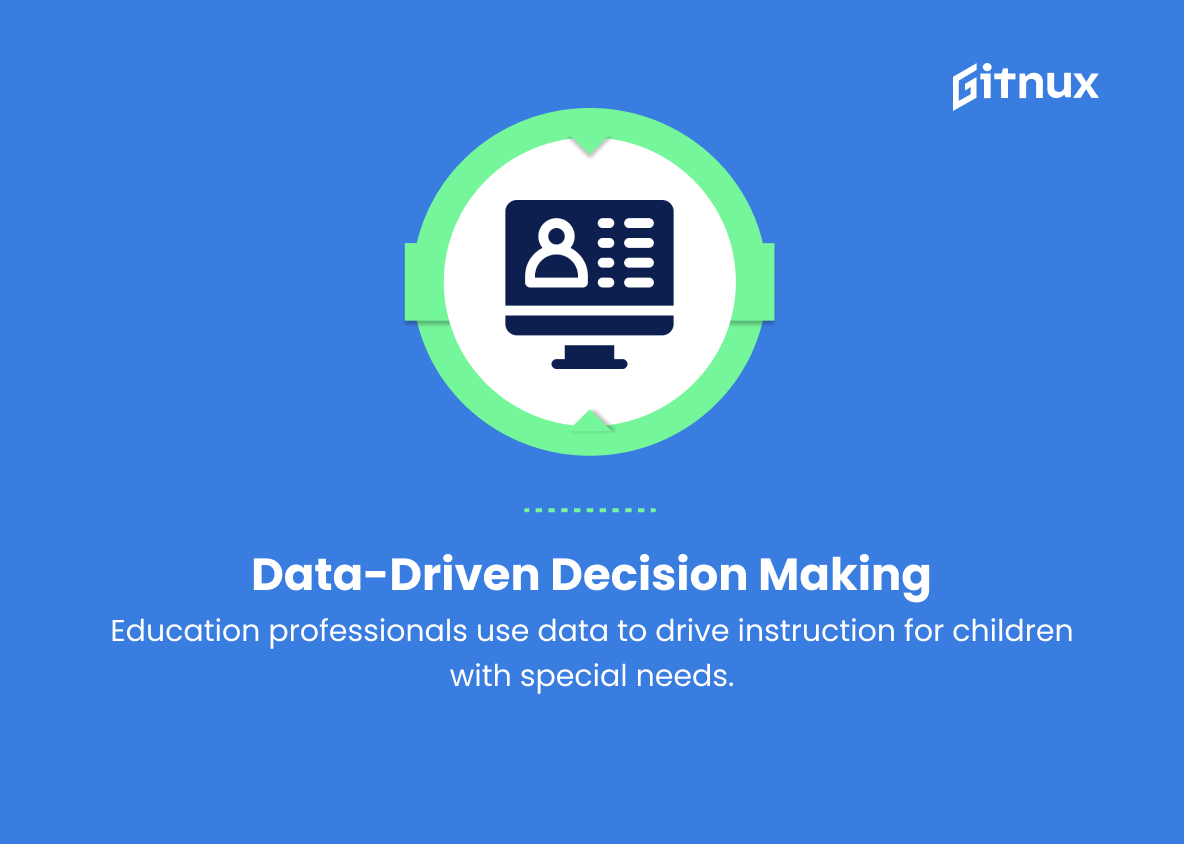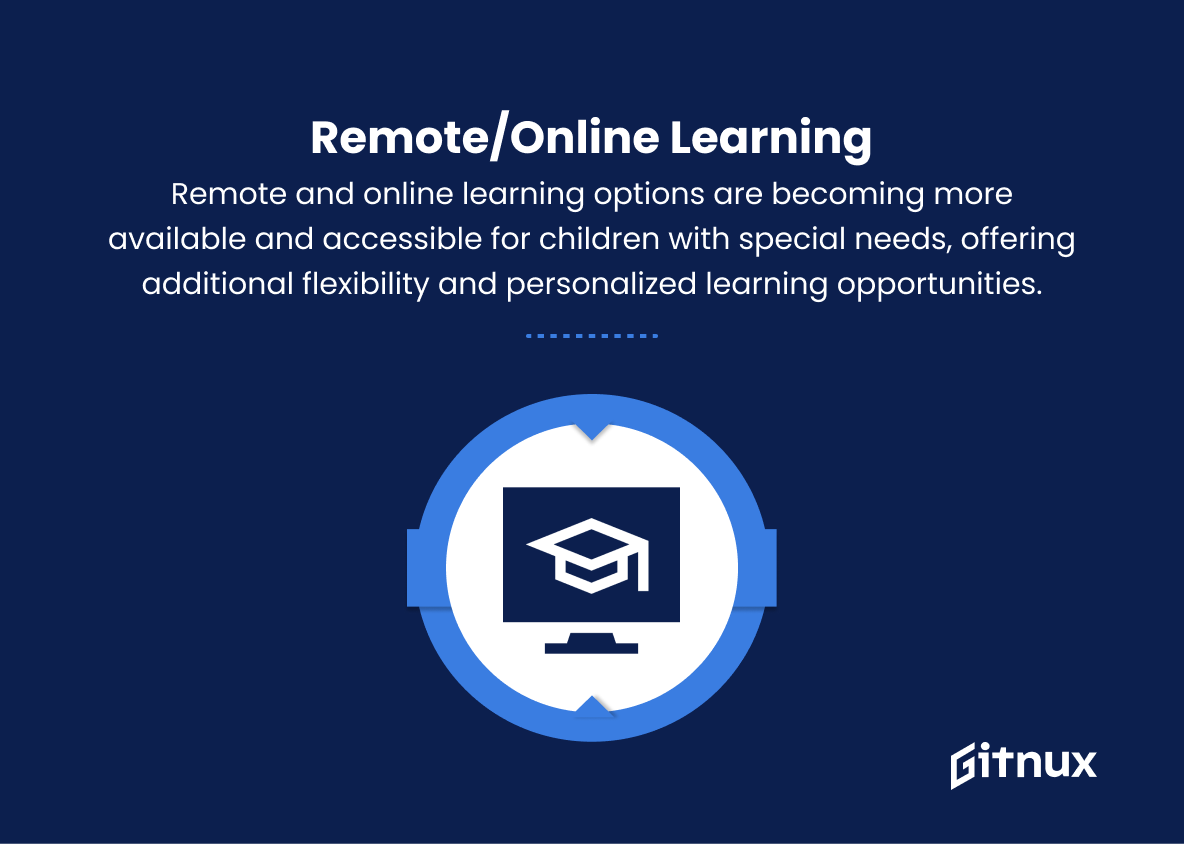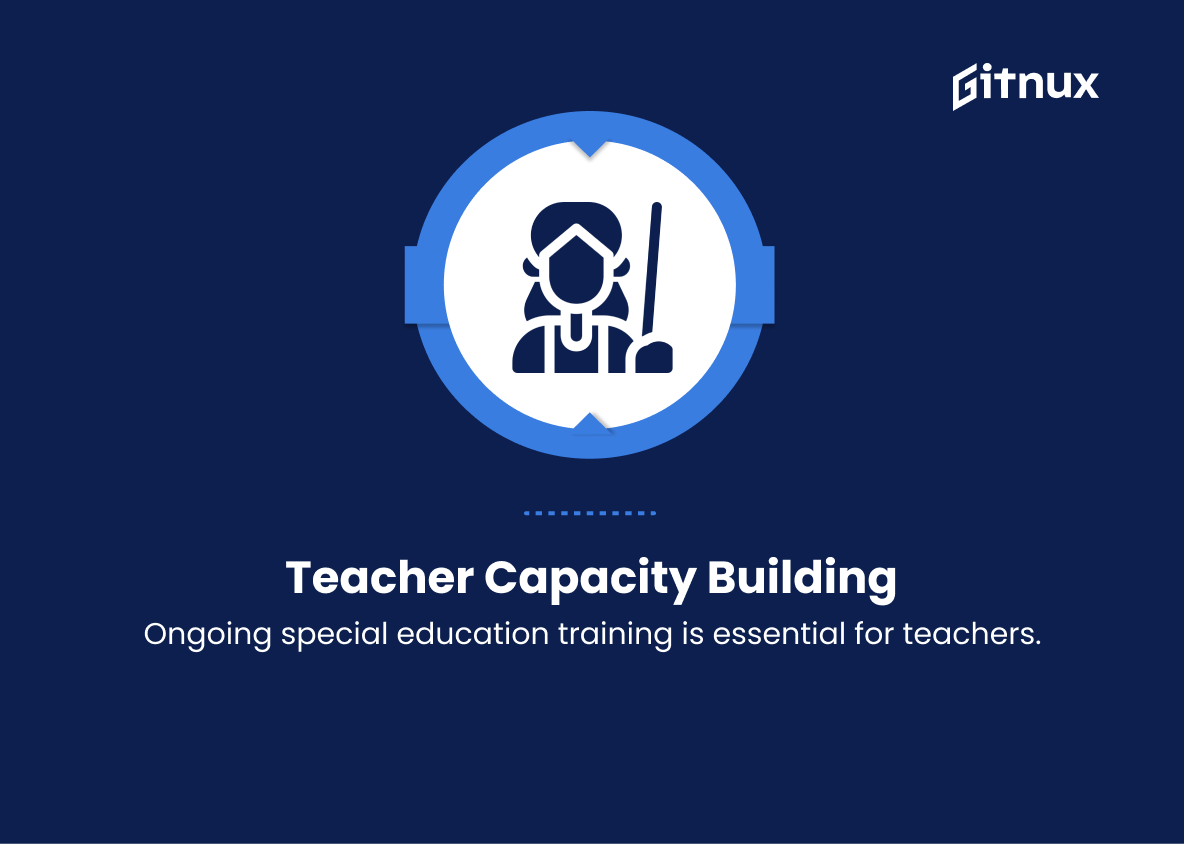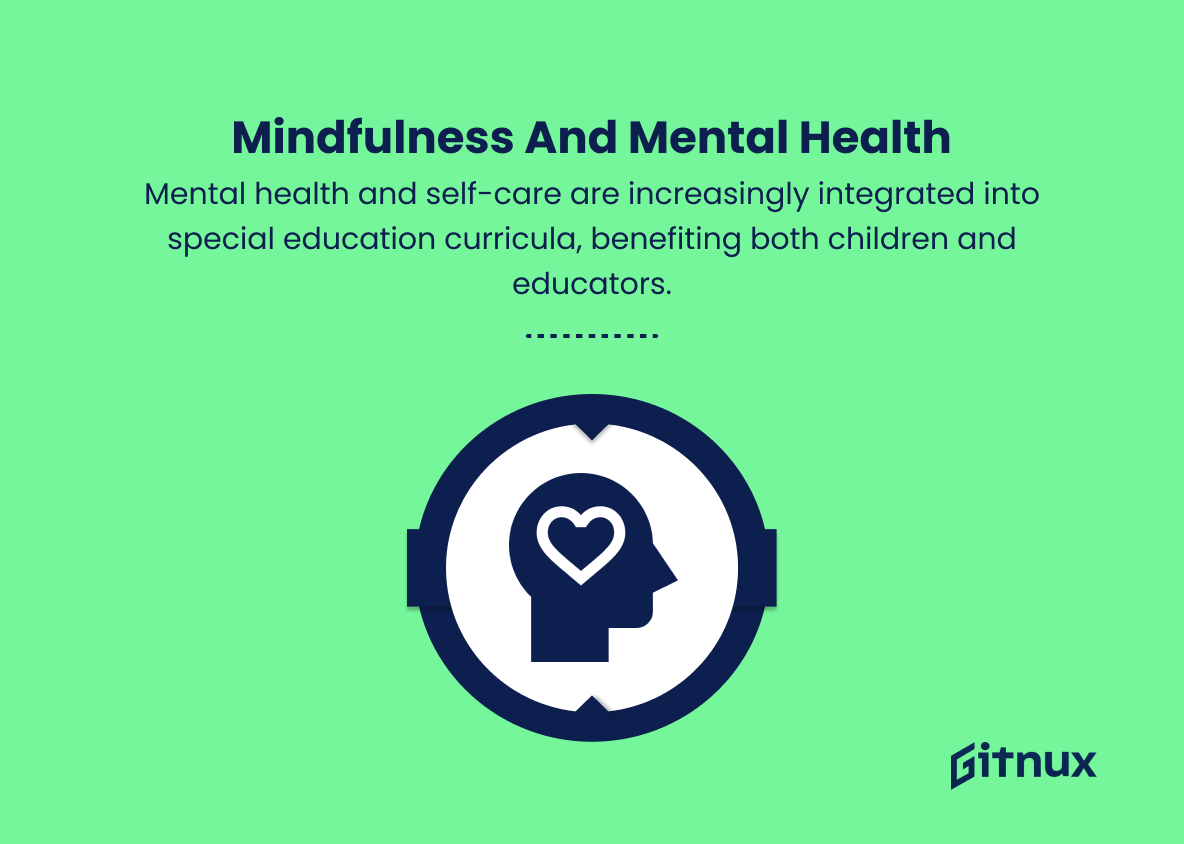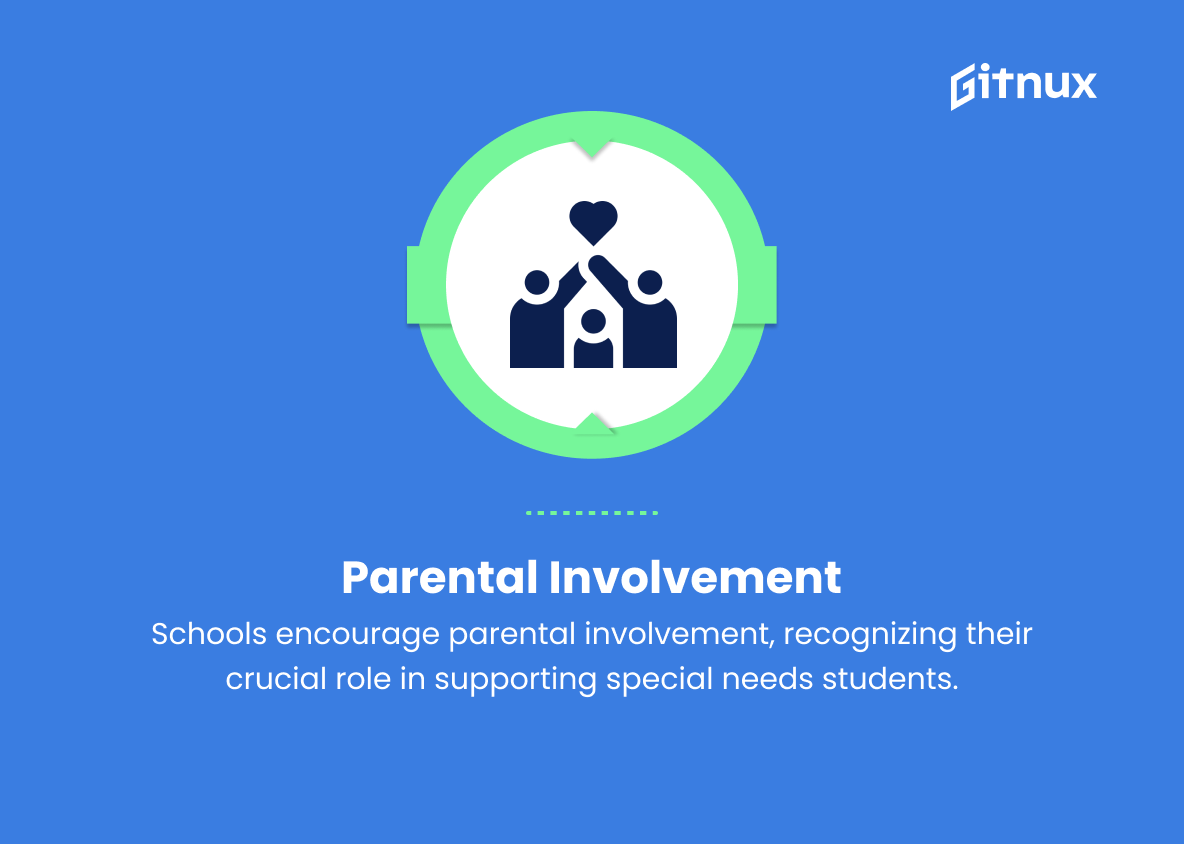In today’s rapidly evolving educational landscape, it is essential for educators, administrators, and policymakers to remain informed about the latest developments and trends in special education. As more students with diverse learning needs enter our school systems, the demand for effective approaches to support their unique abilities has steadily increased.
This blog post aims to provide a comprehensive overview of the most significant and transformative special education trends emerging in recent years, exploring the implications of these trends on teaching methodologies, resources, and policy-level changes. Through a closer examination of these impactful trends, we seek to offer insights that will better equip our readers to advocate for inclusive, equitable, and innovative educational practices to ensure that all students can maximize their potential and fulfillment in the learning environment.
Top Special Education Trends
1. Inclusive Education
Educators and policymakers are working towards creating an inclusive education system where students with special needs learn alongside their peers in general classroom settings.
2. Individualized Education Programs (IEPs)
Schools are increasingly developing tailored educational plans to meet the unique needs, goals, and learning objectives for each student with special needs.
3. Assistive Technologies
The use of assistive technologies, such as communication devices, specialized software, and digital tools, are becoming more prevalent in special education to support student learning and independence.
4. Multi-Sensory Learning
Educators are incorporating multi-sensory learning strategies to support children with special needs, helping them engage with learning materials through various senses and modalities.
5. Universal Design for Learning (UDL)
UDL is an educational framework that focuses on designing learning experiences that are accessible and meaningful to all learners, including those with disabilities.
6. Early Intervention
Early identification and intervention for children with special needs are becoming increasingly important to ensure they receive the necessary support and resources from an early age.
7. Collaboration among Professionals
An interdisciplinary team approach is becoming more significant, with educators, therapists, support staff, and parents working closely together to meet the specific needs of children with special needs.
8. Social-Emotional Learning
More emphasis is being placed on teaching children with special needs the necessary social-emotional skills to develop healthy relationships and coping strategies.
9. Data-Driven Decision Making
Education professionals are increasingly using data to drive instruction, making better-informed decisions regarding educational supports and programs for children with special needs.
10. Remote/Online Learning
Remote and online learning options are becoming more available and accessible for children with special needs, offering additional flexibility and personalized learning opportunities.
11. Cultural Competency
Educators are becoming more aware of the cultural and linguistic diversity of children with special needs and adapting their teaching methods and materials accordingly.
12. Transition Planning
There is a growing emphasis on planning for the transition from school to adulthood for children with special needs, including preparing them for post-secondary education, employment, and independent living.
13. Teacher Training and Professional Development
Ongoing training and professional development in special education are essential for teachers to maintain their skills, knowledge, and competencies in working with children with special needs.
14. Mindfulness and Mental Health
There is increasing recognition of the importance of mental health and self-care for both children with special needs and their educators, leading to the integration of meditation, mindfulness, and self-regulation practices into curricula.
15. Parental Involvement
Schools are increasingly encouraging parental involvement and collaboration, recognizing the crucial role parents play in supporting the educational and emotional needs of children with special needs.
Implications
The future of special education is marked by a strong focus on creating inclusive learning environments with individualized support. By implementing inclusive education practices, students with special needs will have the opportunity to learn alongside their peers in general classrooms, promoting social integration and reducing stigma. The increasing use of individualized education programs (IEPs) and assistive technologies allows for more personalized learning experiences, enabling students with special needs to reach their full potential. Furthermore, the incorporation of multi-sensory learning strategies, universal design for learning (UDL), and cultural competency in the classroom will provide more accessible and engaging learning opportunities for all students, regardless of their abilities or backgrounds.
The emphasis on early intervention and an interdisciplinary team approach is paramount in addressing the specific needs of children with special needs, as it highlights the importance of collaboration among educators, therapists, support staff, and parents. This collaborative and data-driven decision-making process will contribute to better informed and targeted educational supports for students with special needs. As remote and online learning options continue to expand, children with special needs will have even more opportunities for personalized and flexible learning experiences.
Transition planning is critical to ensure that children with special needs are well-prepared for post-secondary education, employment, and independent living. This planning process acknowledges the importance of teaching social-emotional skills and mental health practices, as well as fostering parental involvement in the education process. Lastly, the ongoing professional development and training of educators in special education will help maintain and enhance their skills and knowledge, ultimately leading to better outcomes for children with special needs. Overall, these trends signify a brighter and more inclusive future for special education, where all students are given the opportunity to thrive and succeed.
Conclusion
In closing, it is evident that special education trends have come a long way in ensuring a more inclusive and tailored education for students with unique needs. Through early intervention, assistive technology, teacher training, social-emotional support, and a collaborative approach with parents, special education programs are now better equipped to deliver quality instruction to students with diverse needs.
As we move forward, it is crucial to continue monitoring these trends, implementing relevant policies, and investing in resources that can further enhance the effectiveness and inclusivity of special education programs. It is our collective responsibility to create a world where every child, irrespective of their abilities or disabilities, is empowered, supported, and given equal opportunities to reach their fullest potential.


